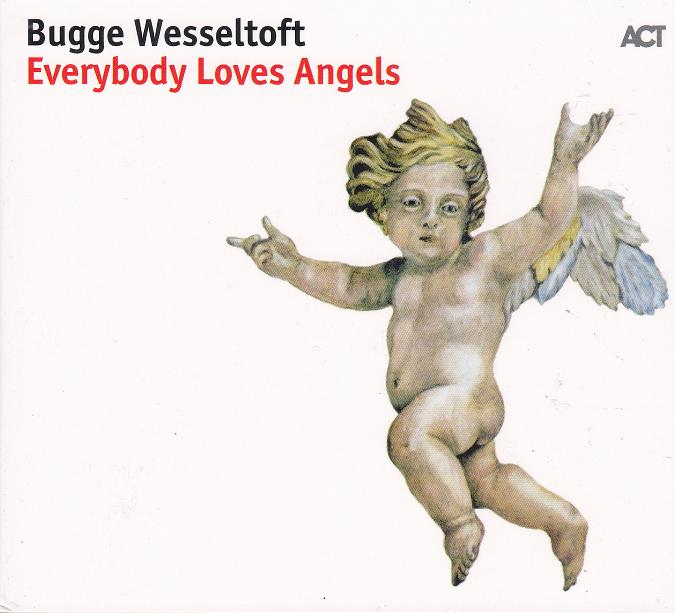We’ve been dogged by by noise since as early as the 16th century when one citizen complained about the noise coming from his next-door neighbour’s gunpowder factory. Yes gunpowder factory, and ever since that first official noise complaint, we’ve been bombarded with sound. In our present digital age, noise has taken a metaphysical manifestation and now more than ever we can’t seem to escape it. Adding to the constant hum of our fridges and our televisions, is the aggressive barrage of tweets, posts, instas, snaps, ims, pms, updates and feeds imposing itself on your life through this little 17″ conduit in your pocket. A time for repose is needed now more than ever and with music contributing its fair share to the “noise”, we are happy to find that some of it still offers an escape from the “loudness” of everyday.
Through his latest work, Bugge Wesseltoft offers us a tranquil moment from said noise with an album of works crafted from the subtle voice of the piano. Our introduction to Bugge Wesseltoft might have come from the world of experimental electronic music through albums like “Trio”, but in “Everybody Loves Angels” he returns to the acoustic realm with a combination of original pieces and Jazz variations of popular music from various genres and eras. Recorded at LofotKatedralen, the largest wooden church in Norway, there’s something of a pious theme running through the music, but not in the way of some dogmatic religious reverence. Wesseltoft calls it “the feeling of being part of something bigger” in the liner notes with the natural surroundings of Lofoten playing an influential role on the album.
The sense of space is palpable through Wesseltof’s piano works on this album, and his mastery of the space in between the notes plays a significant role. In his variations of songs from Simon & Garfunkel, The Rolling Stones, Bob Dylan, Jimi Hendrix, Cat Stevens, the Beatles and Bruno Mars, the original melodies merely haunt Wesseltoft’s piano passages as if the nostalgic charm of those pieces leads the artist off to some higher celestial plain. It’s there in the heavens, amongst the angels where Wesseltoft offers us quietude and peace, an escape from the noise.

